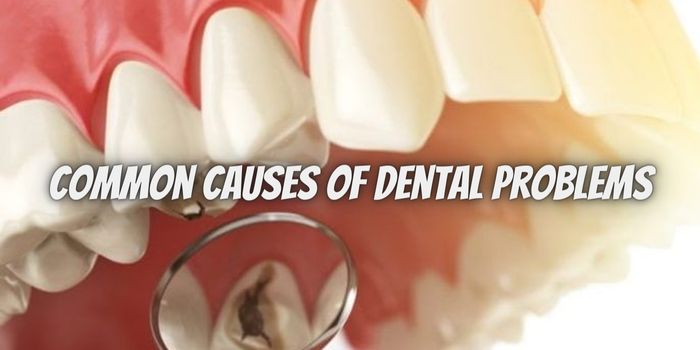Some health advice, such as using the best ceramic cookware, can improve your life. Other advice, such as avoiding the MMR vaccine, can actively harm it – or end it. With so many conflicting points of view, it can be hard to separate fact from fiction. That’s why we dug into the truth behind five famous public health scares. Let’s take a look.
1. Cell phones and cancer
The antennas inside cell phones emit radiofrequency radiation. This can be absorbed into the head and, it is feared, cause cancer. This fear has been around since the 90s, but unfortunately, there’s still no clear answer.
Everyone from the WHO to the FDA has studied it, and they’ve come up with mixed results that range from “safe” to “possibly carcinogenic.” Despite this cautious finding, the public backlash has been strong. So, it’s a fact that cell phones may contribute to cancer, but it’s fiction to assume there is a direct and inevitable link.
2. Asbestos exposure
From the late 19th century to the late 20th century, asbestos was used in everything from automobile parts to construction materials. It was especially well-loved (and well-used) for its ability to insulate and fireproof buildings.
That, however, proved to be its downfall. The negative effects of asbestos came to a head in the 1970s, causing many countries to regulate or ban its use. Despite that, people continue to die from asbestos-related diseases because they can take up to 50 years to show. Asbestos causing harm is a fact.
3. Nitrates and cancer
Processed meat is full of nitrates (and other compounds) that allow it to remain fresh while getting shipped across the world. Some people have concerns about nitrates, though.
When ingested, nitrates convert to nitrosamines which have been shown to cause cancer in rats. However, there’s no conclusive evidence to suggest it causes cancer in humans as well.
Some argue that nitrate levels are safe in processed meats. Others err on the side of caution, saying it might be carcinogenic, so it’s best to reduce your meat consumption. In this case, a direct link is fictional, but it’s a fact that you should reduce your risk.
4. MMR and autism
Ten years after the Measles, Mumps, and Rubella (MMR) vaccine was introduced, physician Andrew Wakefield and others published a study in The Lancet. It claimed that the relatively new MMR vaccine could cause autism. This whipped up a public health scare that saw vaccination rates decline in the UK and vaccine-preventable deaths increase.
The MMR-autism link was found to be fiction. Later investigations couldn’t reproduce Wakefield’s findings, and his own data was found to be highly questionable. Alongside the scientific fraud, there were questions about financial incentives – Wakefield was reportedly paid over $600,000 to find a link.
5. Aspartame and chronic illnesses
The artificial sweetener Aspartame was initially approved by the FDA in 1974. However, the approval process was far from regular. It was plagued by concerns over the quality of the research supporting its safe use and conflicts of interest within the approval process.
In the late 1990s, a viral email post by “Nancy Markle” (a pseudonym) claimed that Aspartame caused everything from multiple sclerosis to seizures and chronic illnesses. Markle cited the Multiple Sclerosis Foundation and the World Environmental Conference as sources. Although the claims spread quickly and caused a major backlash, they turned out to be false. Aspartame causing chronic illness is fiction. However, it’s still worth proceeding with caution.
Some public health scares are warranted. Others are hype. Keep these five famous cases in mind whenever a new scare requires you to separate fact from fiction.




